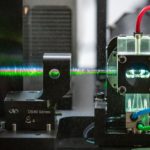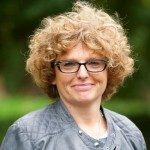Link to Pubmed [PMID] – 35188133
Link to DOI – 10.3791/63487
The brain is no longer considered as an organ functioning in isolation; accumulating evidence suggests that changes in the peripheral immune system can indirectly shape brain function. At the interface between the brain and the systemic circulation, the choroid plexuses (CP), which constitute the blood-cerebrospinal fluid barrier, have been highlighted as a key site of periphery-to-brain communication. CP produce the cerebrospinal fluid, neurotrophic factors, and signaling molecules that can shape brain homeostasis. CP are also an active immunological niche. In contrast to the brain parenchyma, which is populated mainly by microglia under physiological conditions, the heterogeneity of CP immune cells recapitulates the diversity found in other peripheral organs. The CP immune cell diversity and activity change with aging, stress, and disease and modulate the activity of the CP epithelium, thereby indirectly shaping brain function. The goal of this protocol is to isolate murine CP and identify about 90% of the main immune subsets that populate them. This method is a tool to characterize CP immune cells and understand their function in orchestrating periphery-to-brain communication. The proposed protocol may help decipher how CP immune cells indirectly modulate brain function in health and across various disease conditions.


